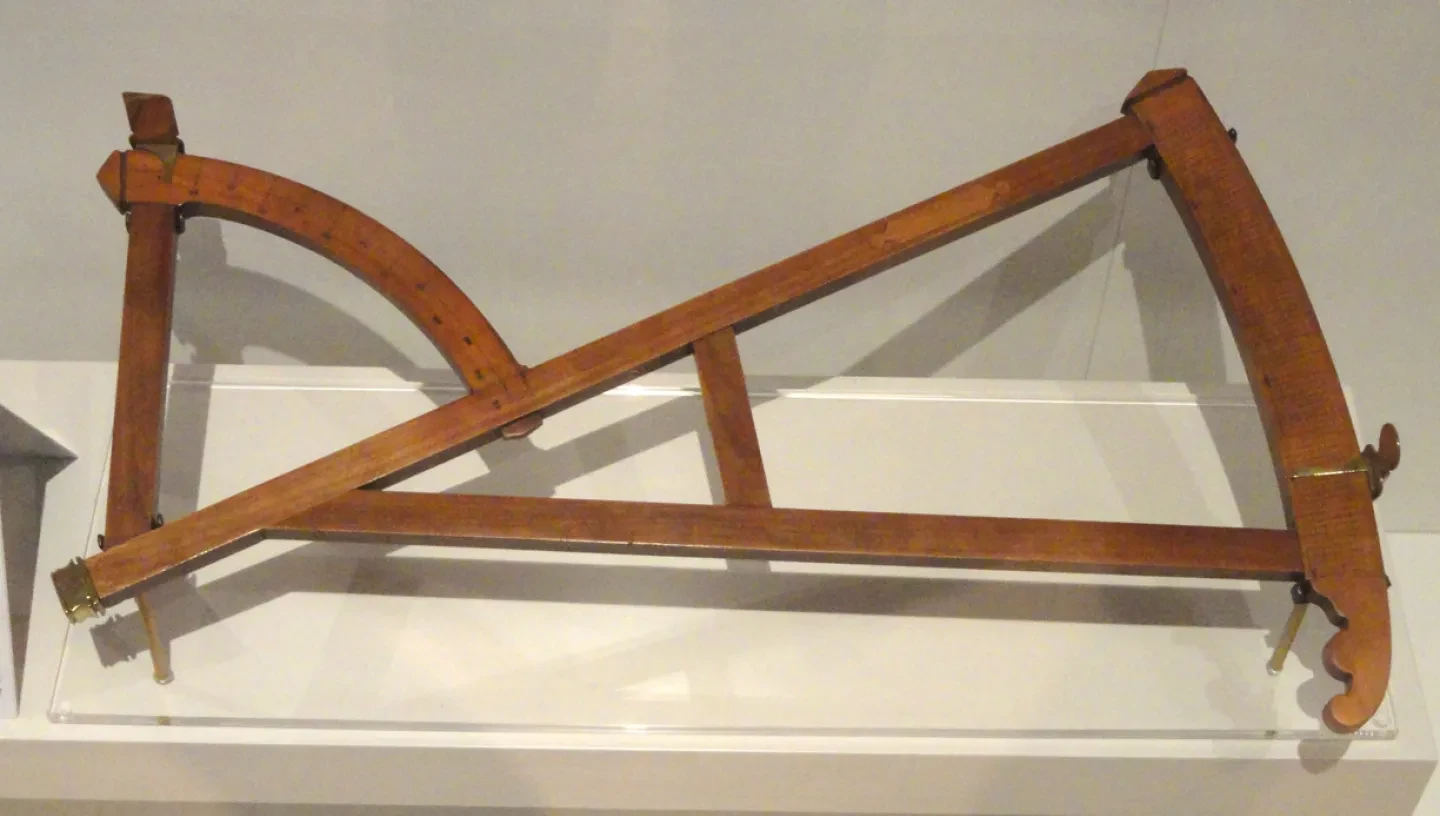
John Davis North West-Passage expeditions 1585–87
John Davis was the second explorer to look for the North-West Passage, in 1585. He also invented the Davis quadrant, enabling sailors to find their latitude.
The second Elizabethan explorer who went searching for the North-West Passage – the seaway through the Arctic, linking the Atlantic and Pacific Oceans – was John Davis. His first voyage took place in 1585 when he explored Cumberland Sound, an Arctic waterway. Despite travelling deep into the sound he could not find any obvious opening that would lead to the fabled North-West Passage. Davis was confident however that he was on the brink of a breakthrough. He believed that the passage could still lie through Cumberland Sound or would be found further north, past a body of water that today bears his name: Davis Strait.
Davis returned twice in 1586 and 1587. Though he did not succeed in travelling any further west than his predecessor, Martin Frobisher, and was halted by ice as he went northward in Davis Strait, his study and mapping of this area, and the discovery of the entrance to what would later become known as Hudson Strait, greatly increased Europe’s knowledge of the Arctic.
The Davis quadrant
Davis's skill as a navigator is shown by his invention of the Davis quadrant. This provided a simple method for mariners to measure the angle of the Sun above the horizon, in order to find their latitude, without having to look directly at it. He also wrote a book entitled Seamen’s Secrets – a practical guide to navigation.